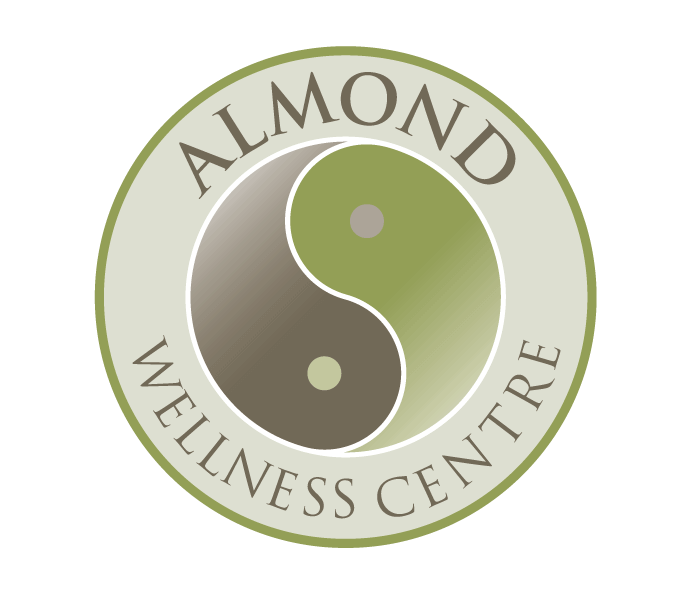Quick Navigation
Aging is an inevitable biological process but thankfully there are some measures that can be taken to minimise the potential changes our skin will succumb to. Understanding the skin and its greatest offenders can help you take some control over the aging process.
Skin Layers
Epidermis
The outermost layer of the skin is called the epidermis (stratum corneum) and is about as thick as a sheet of paper! It is avascular-has no arteries, veins or capillaries but is nourished by the dermis via the lymph. The most bottom layer of the epidermis is referred to as the basal layer which is responsible for continual skin cell renewal and maintaining the epidermis. Skin cell renewal occurs every 15-30 days. New cells develop in the basal layer and make their way up to the stratum corneum. Eventually these cells die and slough off and are replaced by new cells. As we age this process slows down.
The epidermis is your skins first line of defence and contains many barrier properties. The cells that comprise the epidermis are coated with ‘humectants’ chemicals that keep the cells moist and flexible and they are cushioned by lipids or special fats to help control moisture loss. The epidermis is also covered by sebum which is produced in the sebaceous glands and primarily keeps the skin lubricated to prevent dryness and keep it looking healthy. An over production of sebum can lead to problems and ‘oily’ skin as we know it.
The epidermis is also host to melanocytes which produce melanin and give your skin it’s colour. Sunlight stimulates the production of melanin and it is in fact a defensive response to stop harmful sun rays from entering the body.
Dermis
This is the layer beneath the epidermis and which is rich in blood and lymph vessels, nerves sweat and oil glands. This area of the skin is nourished by blood circulating through a rich network of arteries, veins and capillaries delivering vital oxygen and removing waste. It is here that fibroblast cells form a network of fibers often referred to as connective tissue. This connective tissue is made up of elastin (elastic fibers) which give skin its suppleness and collagen (dense fibers) which give strength. This combination of elasticity and support is what gives skin its ability to be stretched or pulled and to regain its shape. As we age the rate of collagen production slows down and so to does its resillience.
Subcutaneous fat layer
Below the dermis is the subcutaneous fat layer connecting skin to underlying tissues and muscles. This subcutaneous fat layer also gives skin shape, contour and cushions the outer layers.
Skin ageing can be related to intrinsic (internal) and extrinsic (external) factors:
Intrinsic
Natural aging process:
- Reduced collagen production
- Reduced resilience in elastin fibers
- Cell renewal process slows down
- Loss of underlying fat
- Decrease in muscle tone
Signs of continual natural aging process (can begin around mid twenties)
- Fine lines/wrinkles start to form
- Thinner/transparent skin
- Hollowing/sagging skin
Extrinsic
- Sun Exposure (photo-aging): UV light breaks down collagen and elastin
- Smoking-Causes biochemical changes and oxygen deprivation which damages skin cells
- Gravity: Although we are unable to feel it the pull of the earth’s gravity combined with a natural deterioration in elasticity with age contributes to sagging of skin in facial areas and other parts of the body
- Free radicals in polluted environments and fast foods damage skin cells
- Harsh weather conditions: Can lead to dryness and lead to wrinkles and fine lines
- Repetitive facial expressions lead to fine lines and wrinkles in those areas (because the skin loses its ability to spring back and grooves develop into permanent lines and wrinkles)
- Sleeping positions: Over time sleep lines become permanently etched into the face
More to read
